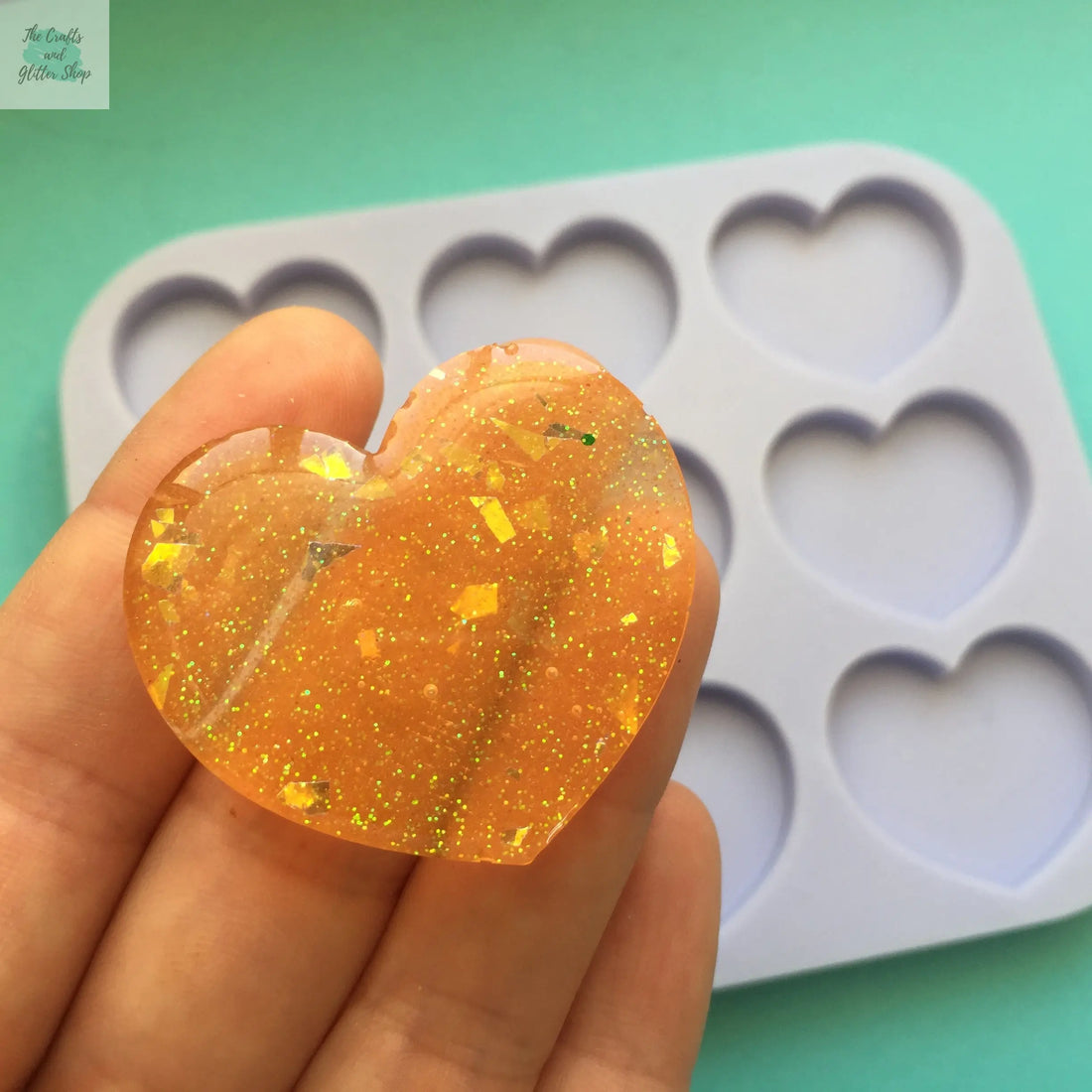
7 Reasons Your Resin is Still Sticky
Share
Resin is a versatile material that is commonly used in various crafts and DIY projects. It is known for its ability to create a glossy, durable finish on surfaces. However, one common issue that many people encounter when working with resin is that it remains sticky even after it has cured. In this blog post, we will explore the reasons why your resin may still be sticky and provide some solutions to help you achieve the perfect finish.
1. Insufficient curing time
Resin requires a specific amount of time to fully cure and harden. If you remove your project from the mold or touch the surface before the recommended curing time has elapsed, the resin may remain sticky. Always follow the resin brand manufacturer's instructions regarding the curing time and avoid rushing the process.
2. Incorrect resin to hardener ratio
Resin is typically a two-part system that consists of resin and hardener. It is crucial to mix these components in the correct ratio to ensure proper curing. If you accidentally add too much resin or too little hardener, the resin may not cure completely, resulting in a sticky finish. Use a precise measuring tool and follow the instructions provided by the manufacturer.
3. Low curing temperature
The temperature at which resin cures plays a significant role in its final hardness. If the curing temperature is too low, the resin may not cure properly and remain sticky. Ensure that you are working in an environment with a temperature within the recommended range specified by the manufacturer.
4. Moisture exposure
Resin is sensitive to moisture, and even a small amount of humidity in the air can affect its curing process. If you live in a humid climate or work in a damp environment, it is essential to take precautions to minimize moisture exposure. Seal your workspace, use a dehumidifier, or consider using a moisture barrier such as a resin curing box.
5. Inadequate mixing
Properly mixing the resin and hardener is crucial for achieving a successful cure. Inadequate mixing can result in uncured or partially cured resin, leading to a sticky finish. Take your time to thoroughly mix the components, ensuring that there are no streaks or unmixed portions.
6. Using expired or low-quality resin
Resin has a shelf life, and using expired resin can lead to curing issues. Additionally, low-quality resin may not have the necessary properties to cure properly, resulting in a sticky finish. Always check the expiration date and invest in high-quality resin from reputable manufacturers.
7. Thick or thin layers of resin
Depending on the resin you are using, applying too thick or too thin layers of resin, may result in the resin to not cure evenly, leading to a sticky surface. It is recommended to read and follow the instructions provided with your resin. Different resins have different chemical compositions, resulting in variations in their curing time, strength, and temperature requirements. It could be that the resin needs to be poured at a minimum depth per layer, or vice versa.
By understanding the potential causes of sticky resin and implementing the appropriate solutions, you can achieve the desired results in your resin projects. Remember to follow the manufacturer's instructions, work in a suitable environment, and use high-quality materials to ensure a successful resin cure.
